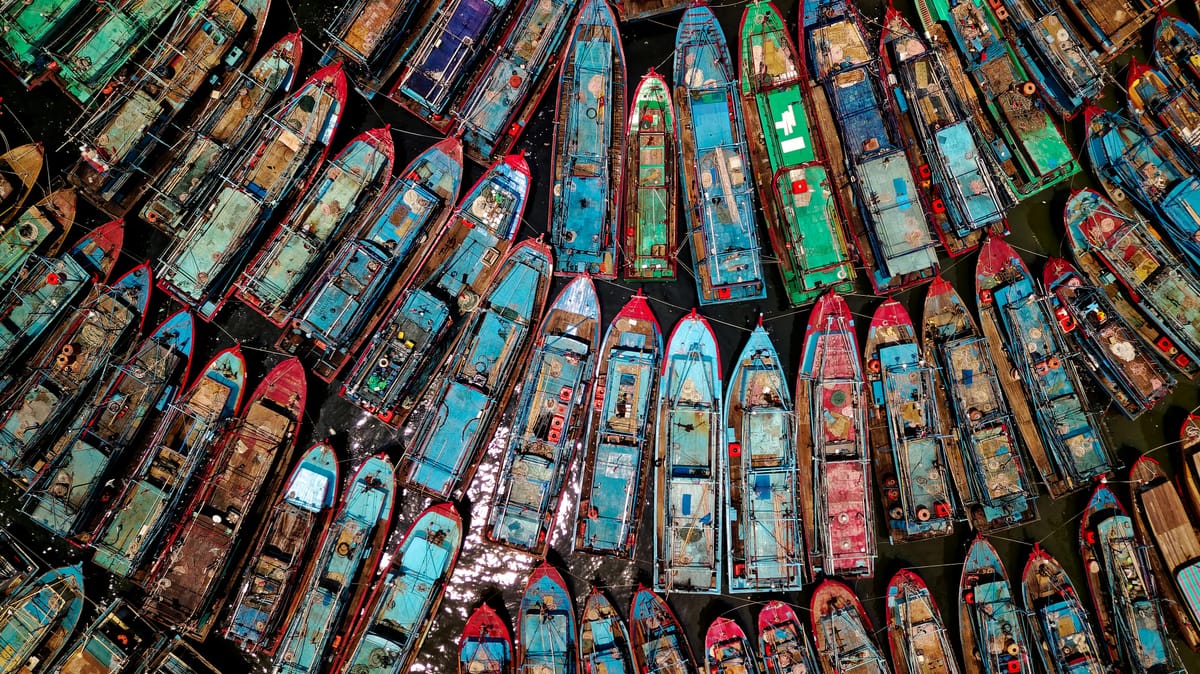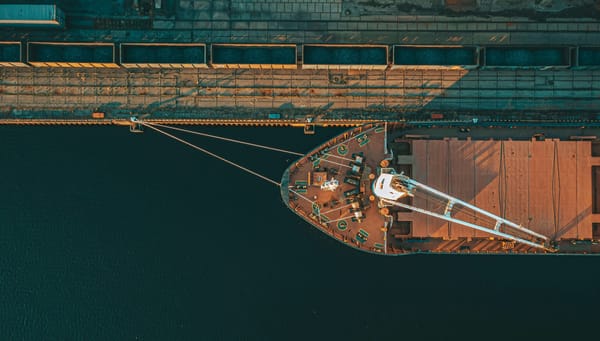Know Your Data: Vessel Identifiers

This is the second installment of our series to help seafood professionals and enthusiasts navigate the complexities of sourcing data. For more, see our post on species.
Keeping track of fishing vessels through supply chains is increasingly important for trade. The United States, European Union and quite a few additional countries require fishing vessel information for certain seafood imports. In addition, a growing number of buyers, retailers and third party certification organizations are asking for vessel information for their own due diligence purposes. The complication is how to do this accurately and efficiently when a single vessel will often have 3, 4, or more identifiers associated with it. Without further ado, let's dive into the complex landscape of vessel IDs and our recommendations for tracking them in supply chains:
Common Vessel Identifiers
Vessel Name: A vessel's name is its most basic identifier. Assigned by the owner or operator, vessel names can range from pragmatic to nostalgic to whimsical—we've seen them all. From a data management perspective, vessel names are challenging. They can change, they can be long, short and in any language and therefore are highly prone to misspelling errors. Multiple vessels can share the same name between countries, which is why Goldfish checks vessel names only if accompanied by the flag state. Speaking of which…
Flag State: This identifier is simply the name of a country; it indicates the country or territory under whose laws the vessel is registered and operates. That country is responsible for enforcing regulations and ensuring the vessel meets applicable standards.
International Radio Call Sign (IRCS): A call sign is used for traditional maritime voice radios. This identifier includes a reference to the issuing country which is helpful, but keep in mind that if a vessel is sold or changes flag states its call sign will change as well.
Maritime Mobile Service Identity (MMSI): Like IRCS, MMSI identifiers are used for maritime communication, but these have more modern applications such as AIS and other digital communications at sea. It also changes when a vessel is re-flagged or re-registered.
International Maritime Organization (IMO) Number: This number is assigned to a vessel by the International Maritime Organization (IMO), an agency under the United Nations. It is considered a "unique vessel identifier" because an IMO number stays with the vessel regardless of changes in ownership or flag state. IMO numbers are mandatory for large vessels conducting international voyages including cargo ships, tankers, and some fishing vessels. While IMO numbers are robust identifiers, most fishing vessels don't have them due to the large size requirement. You might occasionally see IMO referred to as the 'Lloyd’s Register number' as well which is fine, but that's a longer story for another day.
National Registration Numbers: Countries and territories often assign their own registration numbers to vessels under their flag. These can vary widely in format, but on the upside national registration numbers relatively common for smaller vessels. Unfortunately, validating these numbers can be very difficult as national registries are hard to find, read and check—if they are available at all. Our database of over 350,000 authorized fishing vessels now makes that task much faster and easier.
Other identifiers: High seas tuna fisheries are some of the most complex in the world in terms of regulations and the multi-country management under Regional Fishery Management Organizations (RFMOs). Some of these organizations issue or recognize special unique identifiers issued by third parties like TUVI and ISSF-UVI numbers, which are available for vessels working in this fisheries that are not large enough to qualify for an IMO number.
Our Advice
We have put in countless hours, weeks and months finding, sorting and crafting rigorous data maintenance plans to put vessel identifiers in one place so industry, governments and analysts can validate seafood sourcing data. If you are new to this topic but know that your buyers want vessel information, here are our recommendations:
Always indicate the identifier you are using.
It is extremely difficult to gauge which identifier you are working with by format alone, so be sure that your records make it clear which identifier is being used.
Never track a vessel name or national registration number without its flag state.
Due to the high likelihood of duplicative names and numbers between countries, always be sure to indicate the flag associated with a vessel name or registration number.
When possible, use an internationally standardized identifier.
Whether it be the IMO, MMSI or IRCS, a standardized identifier is always a valuable complement to a vessel's name and flag. You don't need to track them all but one is helpful because two identifiers can be checked against each other. For example, a mismatch might indicate fraud, or it could be a benign typo that if not caught would cause major issues down the line.
If you would like to save yourself the time and stress of manual due diligence by leveraging our massive database that cross-references all of a fishing vessel's known identifiers contact us or visit www.goldfish.io to learn more.
Say tuned for another installment of our Know Your Data blog series coming next week!





